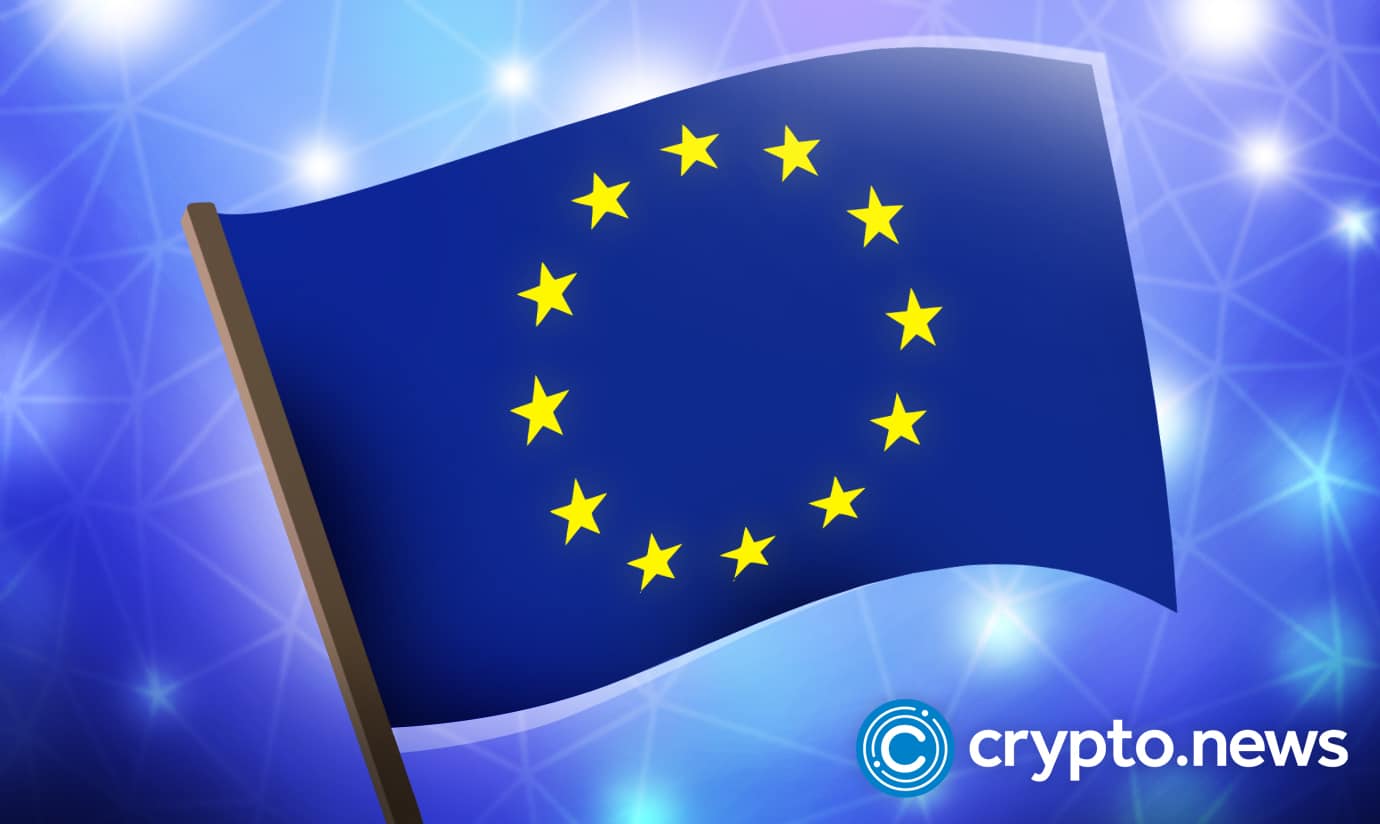2022-12-22 14:30 |
The European Central Bank (ECB) has published its second report on the feasibility of launching a digital euro.
It updates the progress made since the first report, published in September 2022. This includes information on how a digital euro would work in practice, such as the role of intermediaries, the settlement model, and the distribution model.
How a digital euro would workThe ECB began its investigative study into a digital euro in October 2021. It sought to probe fundamental questions on the design and distribution of a Central Bank Digital Currency (CBDC) for the Eurozone.
Under the proposals, researchers recommended that the digital euro adopt a supervised intermediary approach instead of a direct-to-central bank model.
Supervised intermediaries would facilitate all retail responsibilities, including devices and interfaces to enable digital euro transactions.
“Their responsibilities would include offering user-facing services, such as opening accounts or wallets, payment instruments and onboarding and offboarding, encompassing know-your-customer and anti-money laundering checks.”
Regarding settlement, the report stated that due to the digital euro being the central bank’s liability, “Eurosystem central banks” would perform the settlement, including recording and verifications tasks.
Although supervised intermediaries have access to their customers’ records, researchers said the “Eurosystem” involvement at this level will be minimal, such that individuals’ balances and spending details could not be inferred.
“Eurosystem would not be able to infer how many digital euro any individual end user held nor to infer end users’ payment patterns.”
The report has not determined whether the proposed currency should operate via traditional means or distributed ledger technology, or a combination of both.
Funding and distributionTo maximize the adoption of the digital euro, a “seamless funding and defunding experience is essential,” per the report. Under the plans, users can choose between manual or automatic funding/defunding options.
“Supervised intermediaries would offer manual funding and defunding options in both their online and offline digital euro solutions.”
While automatic funding and defunding would operate by a “waterfall” and “reverse waterfall” functionality that enables users to swap in and out of digital euros, even if transactions exceed user-set automated thresholds.
“This would ensure a seamless payment experience even if there were quantitative limits on the holdings of individual users.”
Similarly, a key facet of high adoption lies in pursuing an appropriate distribution strategy. Researchers state that paying with digital euros should always be an option without barriers for merchants or country of origin.
To facilitate this, the report recommends establishing a common set of rules, standards, and procedures across the Eurozone to “promote a harmonised end user payment experience.”
The ECB Governing Council will review the findings of the investigation in autumn 2023, then decide if the digital euro will move onto the rollout phase.
CBDC projects in Nigeria and India have fallen flat due to a lack of interest from citizens.
The post ECB publishes new digital euro report, rollout decision in fall 2023 appeared first on CryptoSlate.
origin »Digital Rupees (DRS) íà Currencies.ru
|
|














